Archive
2021
KubaParis
AS ABOVE SO BELOW
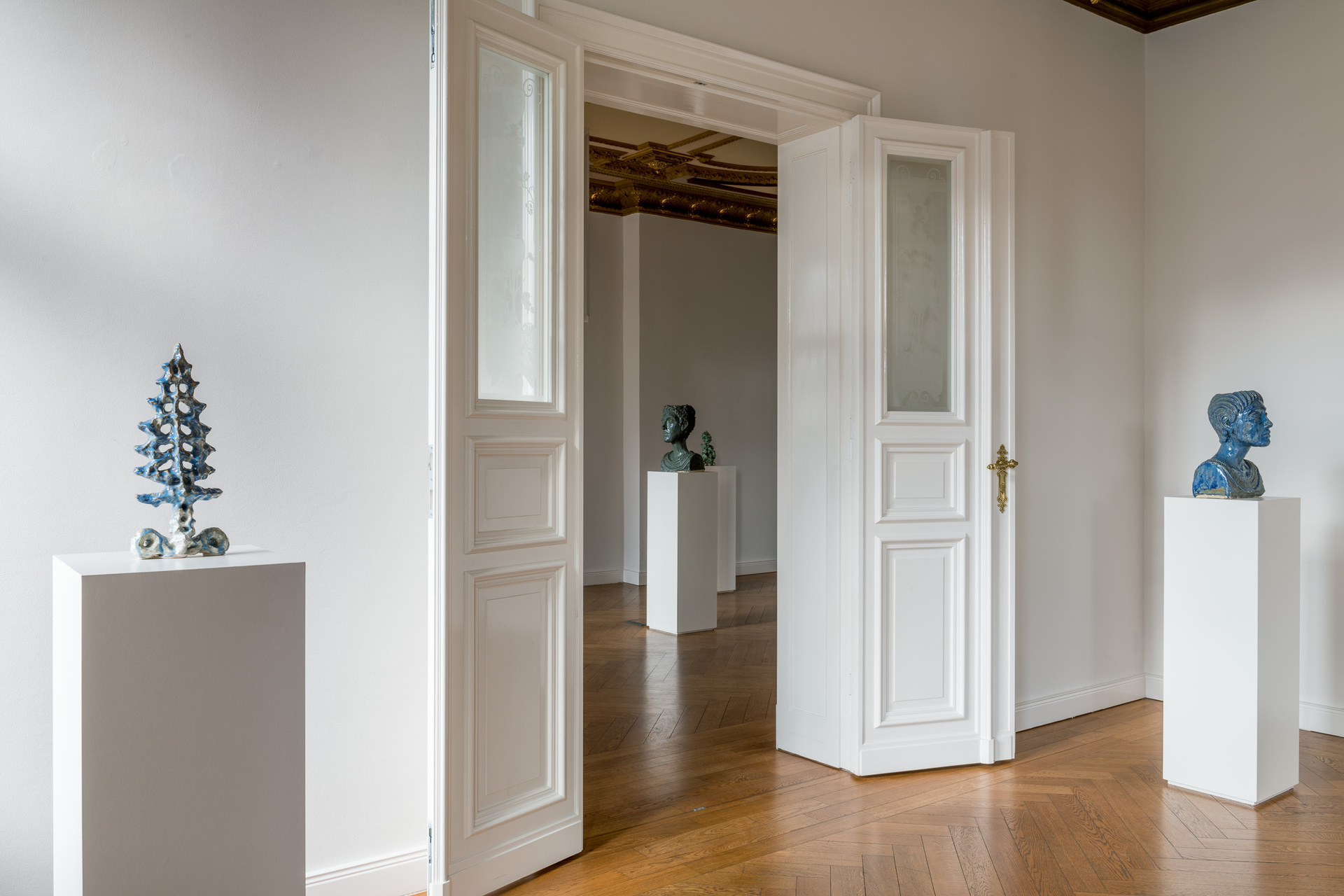

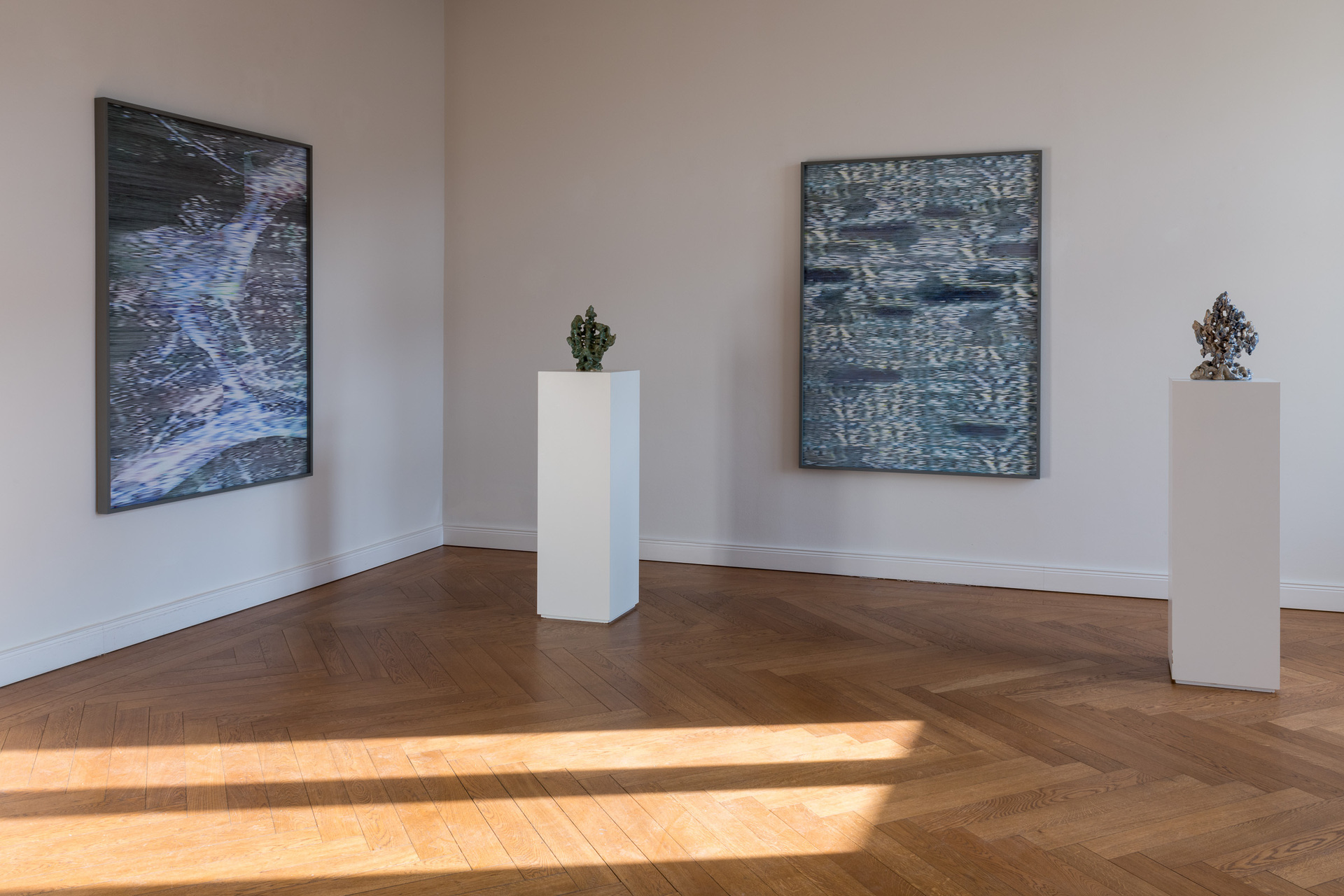
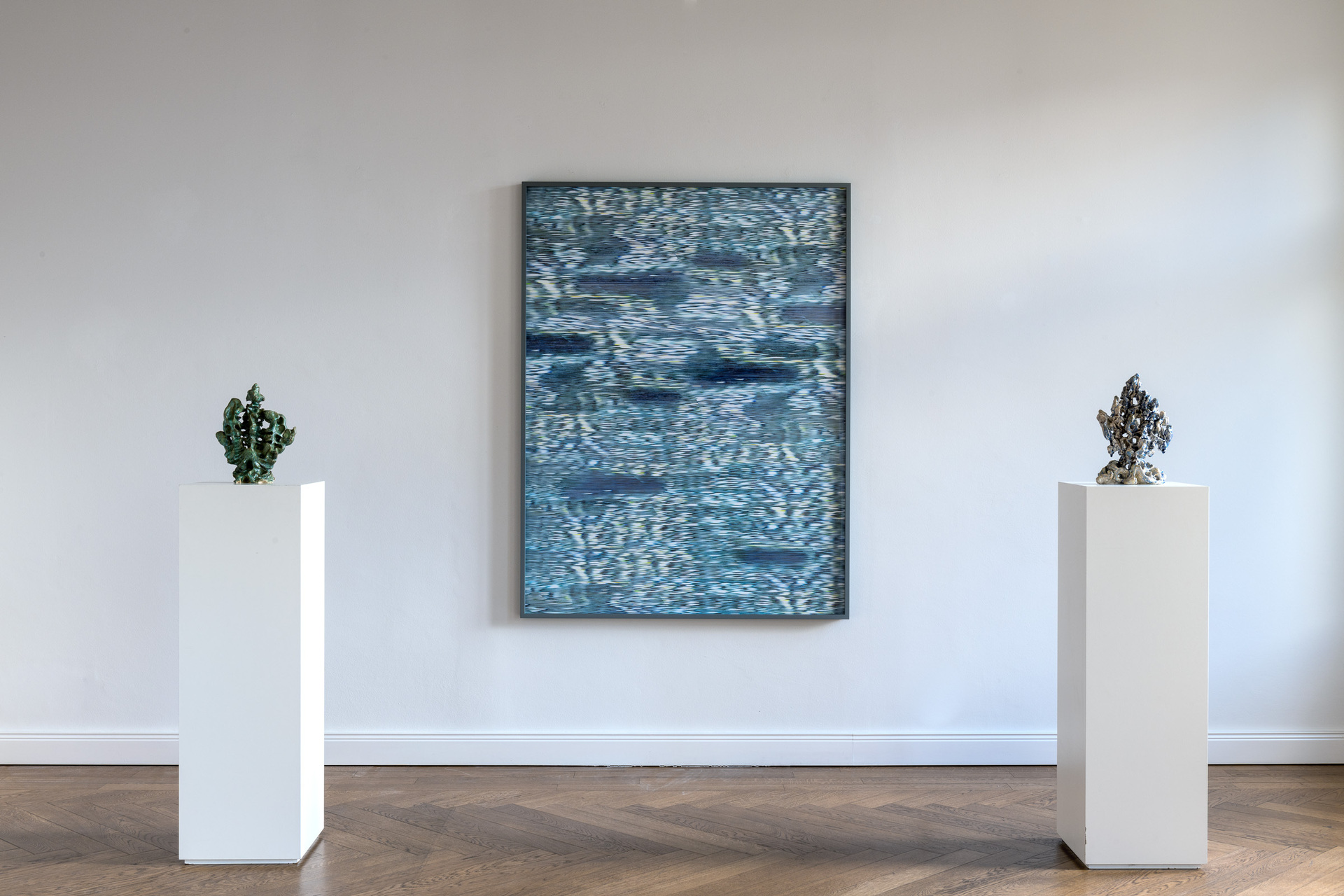

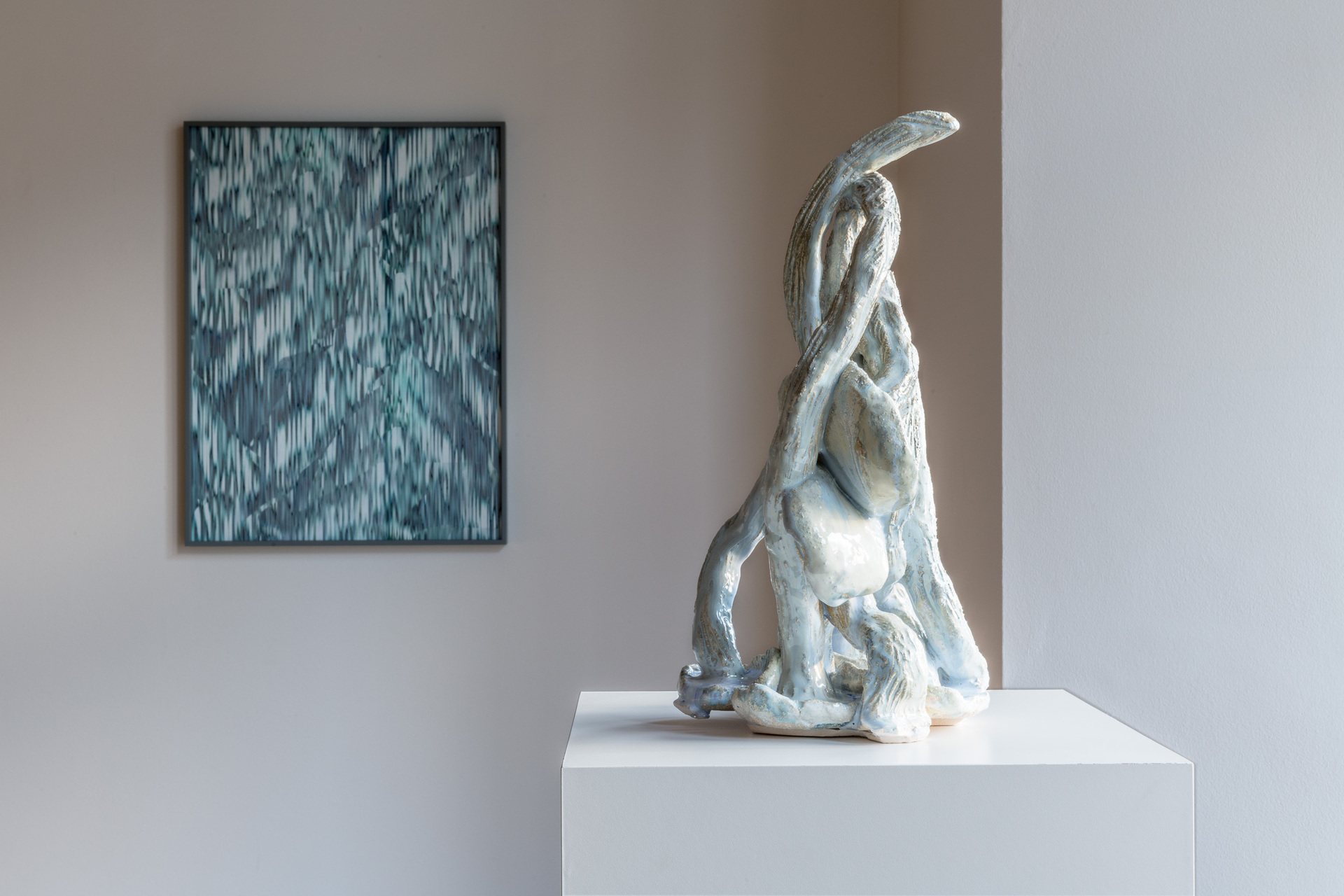
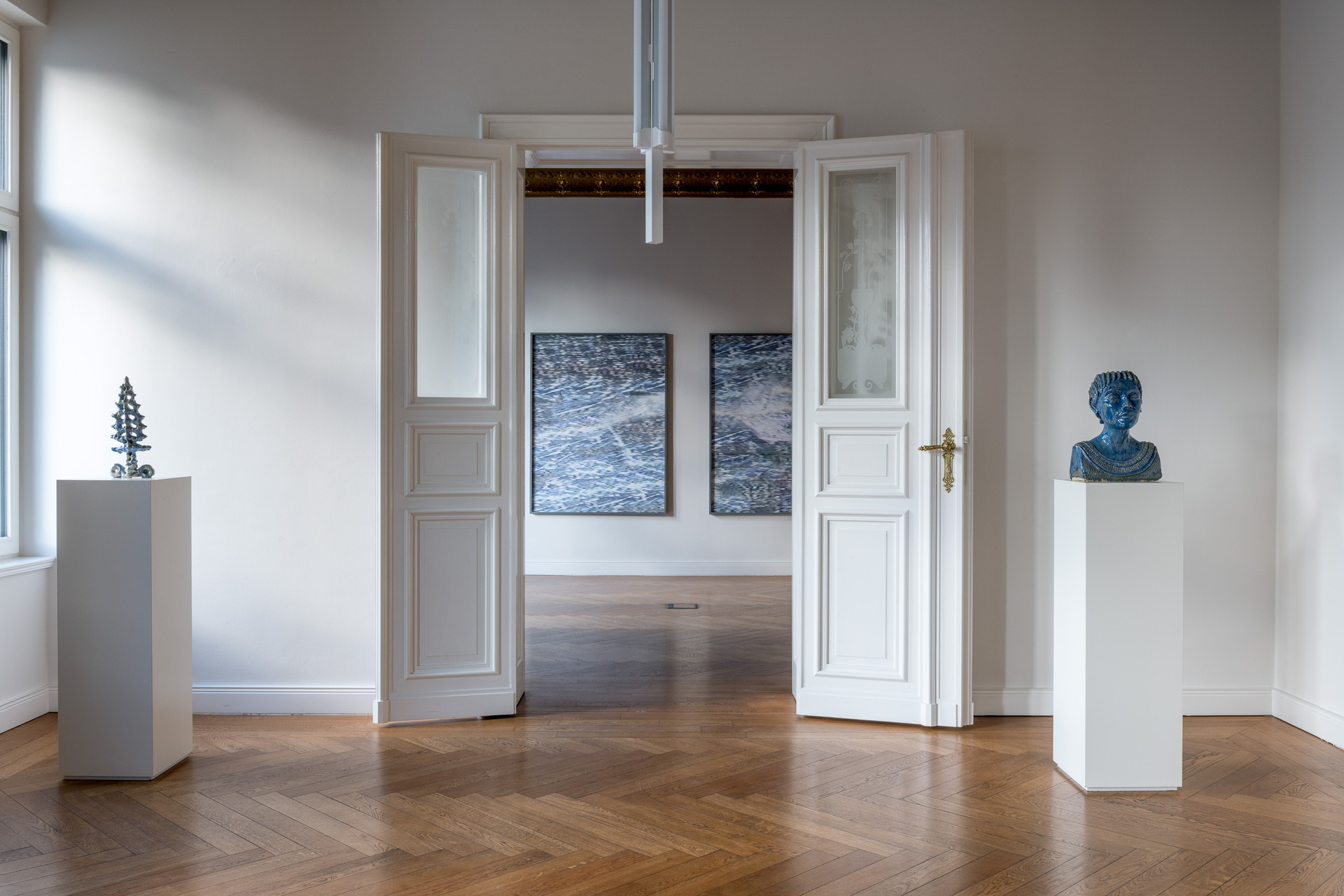
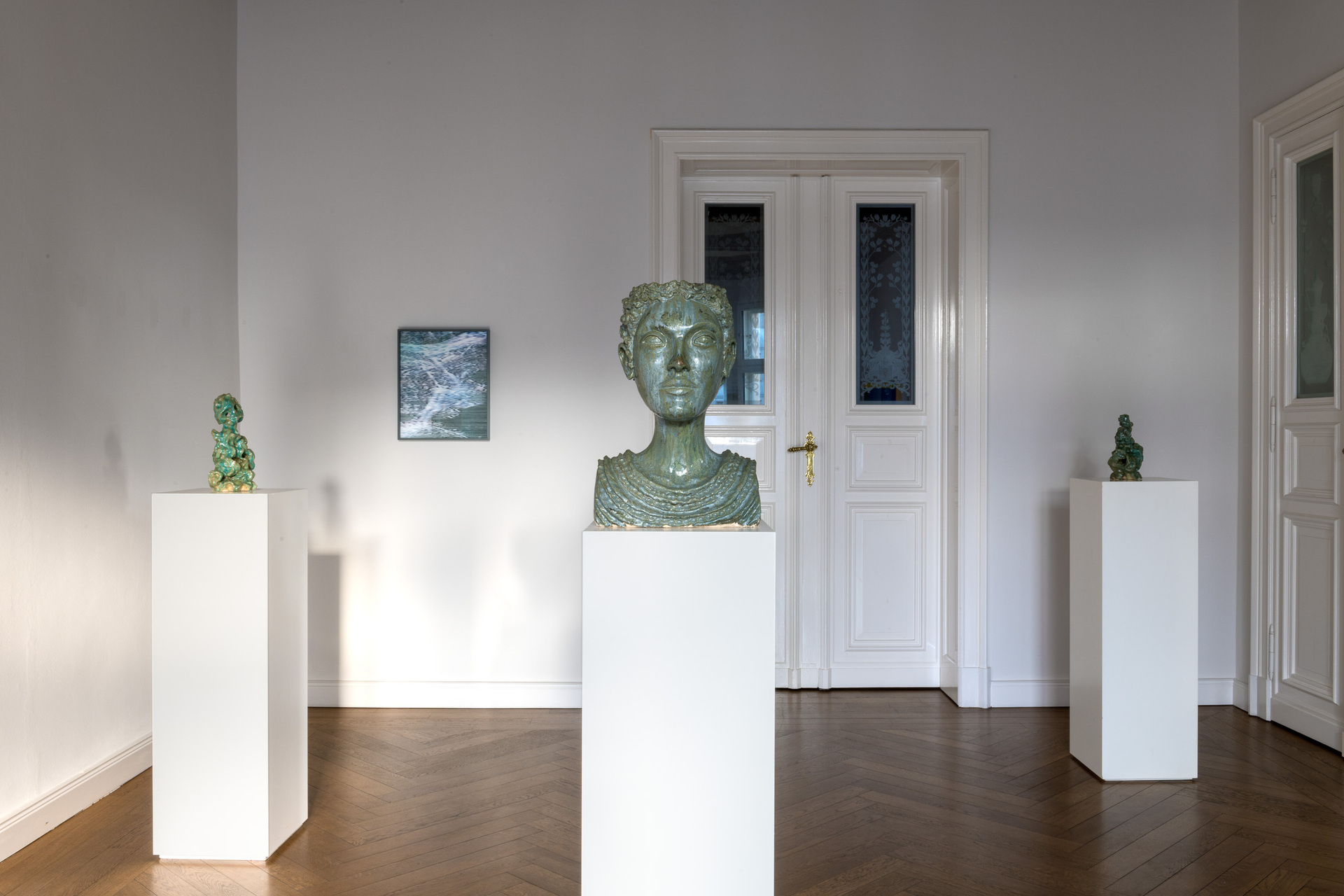
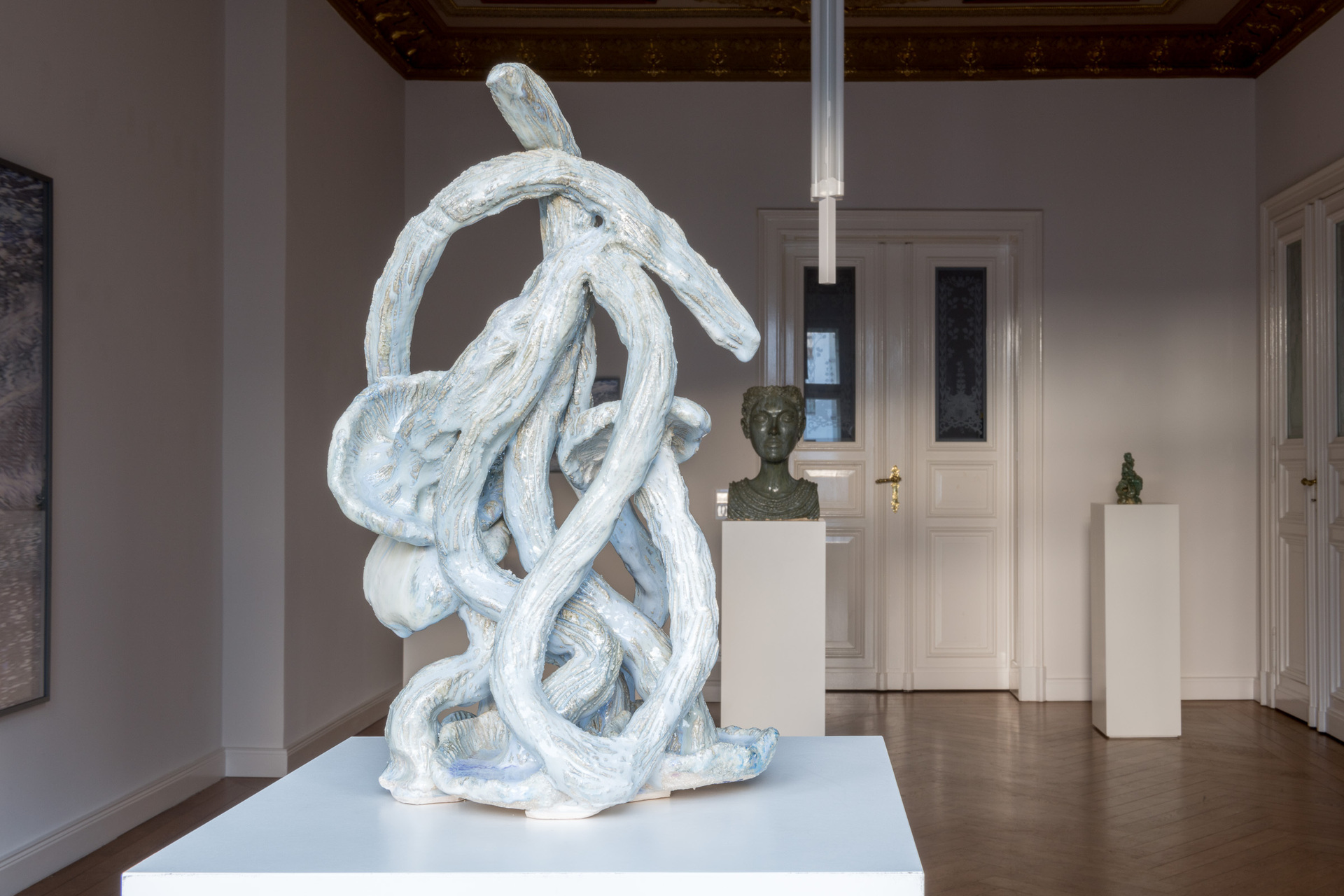
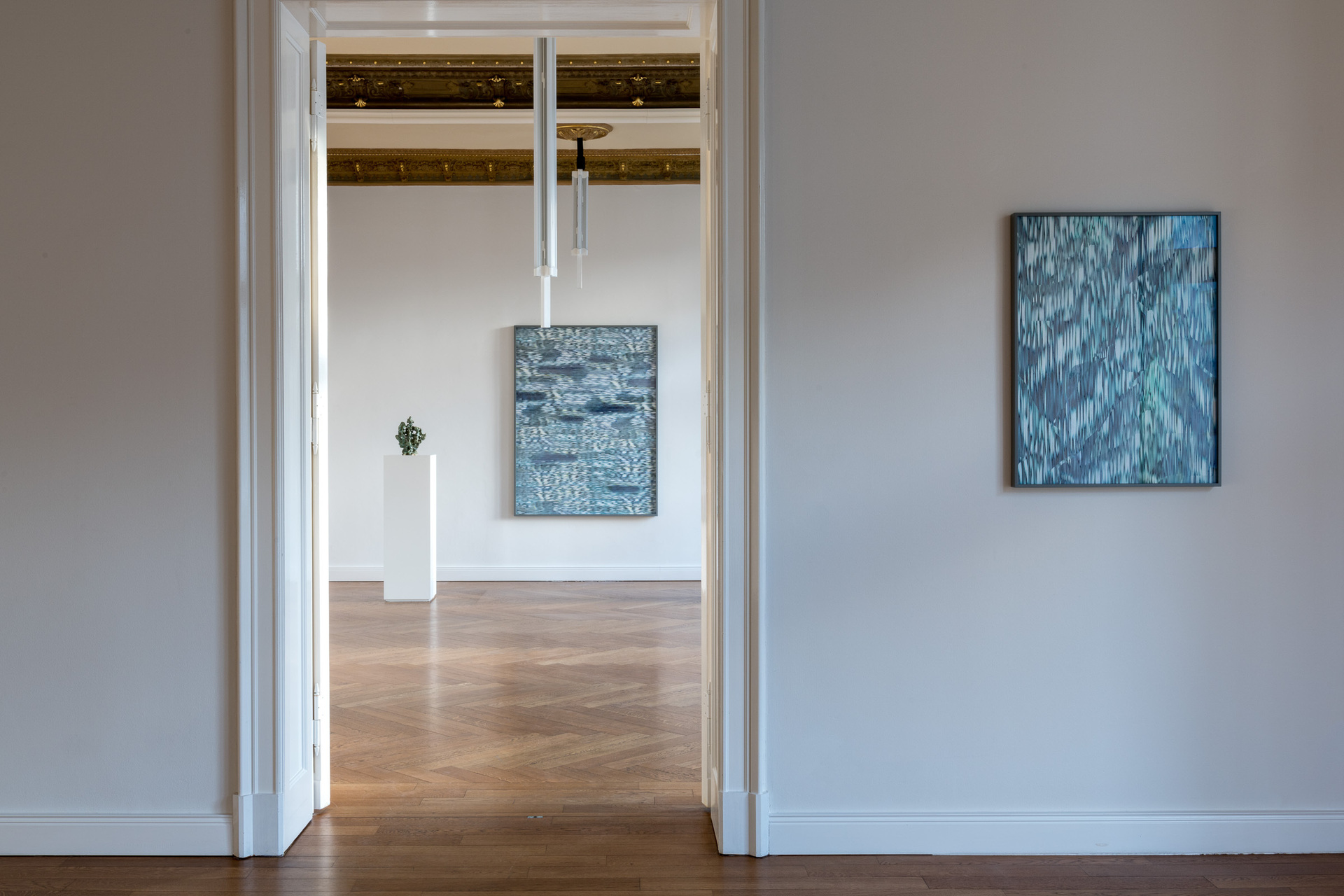

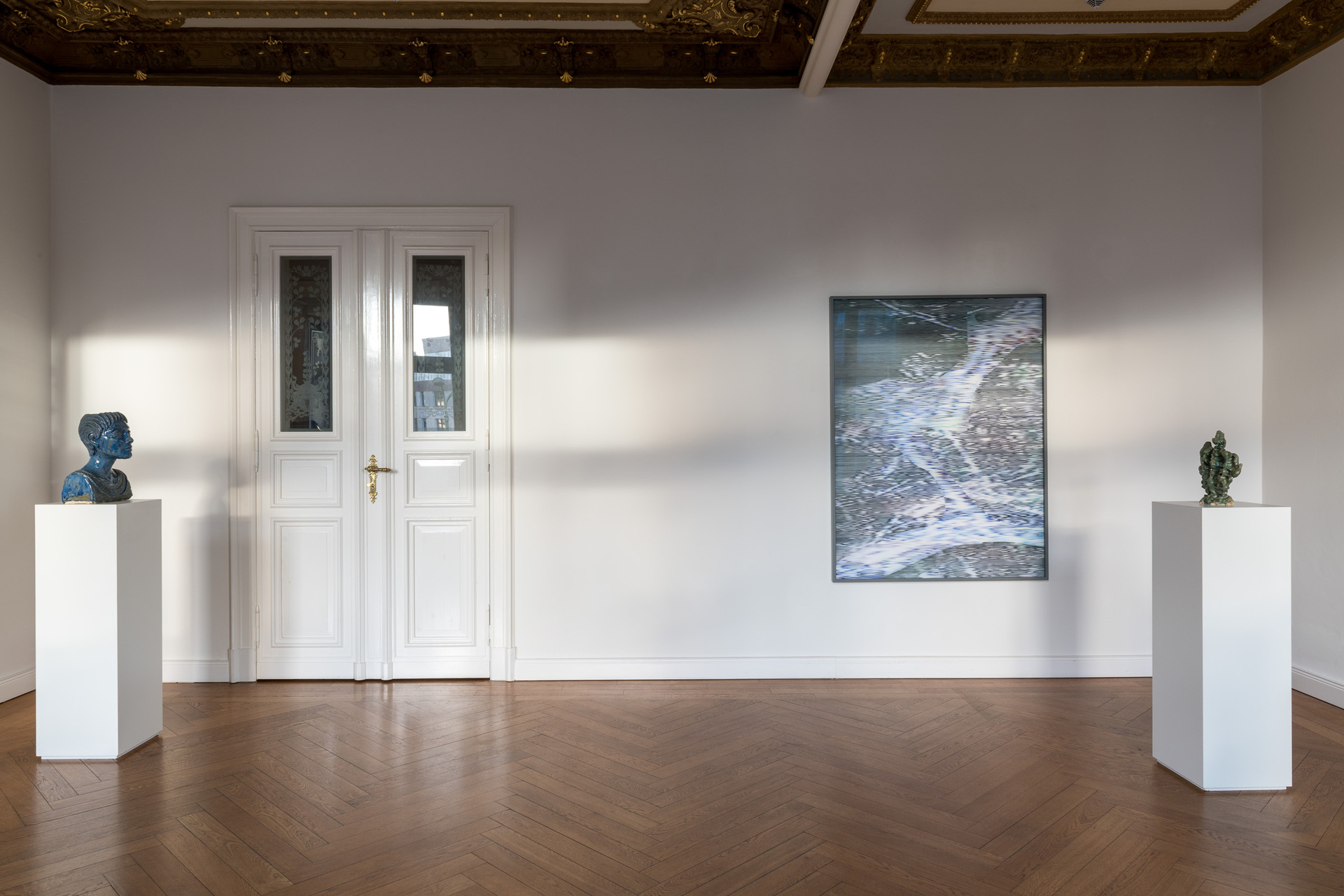
Location
Achenbach HagemeierDate
17.02 –24.03.2021Photography
Stefan KorteSubheadline
The exhibition AS ABOVE SO BELOW unites two different artistic positions and strategies; on closer inspection, however, they have a surprising amount in common and complement each other perfectly. The sea level as an invisible line: separation and connection at the same time. The search for new visibilities, scientific, precise work, and an urge to go into nature—for one, the mountains, for the other, the ocean.Text
Achenbach Hagemeier is delighted to present the exhibition AS ABOVE SO BELOW by artists Anna Vogel and Marion Benoit in its Berlin gallery space.
Visibility. Perception. Phenomenology—knowledge through appearances.
Like the natural sciences, art is constantly searching for new insights. Changing, sharpening, interpreting our view of the world, always searching for truth—for meaning.
Photography is examined for truth like no other (artistic) medium. Consequently, it is still considered as documentation today—as a witness or reflection of reality. In his 1980 work Camera Lucida, the philosopher Roland Barthes described the essence of photography as “that has been.” Of course, this is still true today, but not in every instance. Web 2.0 and new digital possibilities in particular are enabling photography to be understood as something new. The aspect of making things visible remains central, however. Because if there is one thing this medium can do, it is to make things, processes, or conditions otherwise hidden from the (human) eye visible. This applies just as much to Muybridge’s first motion studies as it does to photographs of black holes today.
In her works, Anna Vogel explores the role played by our normal ways of seeing when viewing images, especially photographs. In the style of Appropriation Art, Vogel does not take photographs herself. She uses images from the internet, so-called found footage, and then edits them further. The selected motifs are situated mostly at the interface between nature and culture. Human intervention in natural spaces: the increasing monopolization and alteration of landscapes through civilizing processes.
Her current series Electric Mountains features night shots of mountain cities and regions. New, vibrant, and abstract visibilities are created through elaborate image editing processes, which in Vogel’s case are both digital and analog, Selected sections of images are digitally processed and defamiliarized, whether through enlargement or distortion. The next step is the application of various analog practices. For example, Vogel paints over the images printed on photographic paper or sprays them with lacquer. Fine lines are then drawn in ink. Additional scratches are carved into the surface of the image with sharp scalpels, revealing the white photographic paper underneath.
The resulting photographs are dynamic and electrifying. Abstract, vibrating structures stretch across the image in undulating waves. Every so often something seems recognizable—the viewer is moved and disoriented at the same time.
Let’s move from high mountains to deep waters. Like Anna Vogel, Marion Benoit studied photography at the Kunstakademie Düsseldorf, first under Martin Gostner, then Thomas Ruff, Tal R, and finally, Christopher Williams and Andreas Gursky. What may initially sound like a chaotic course of study was very fruitful for Benoit. The different working methods and approaches of her professors provided Benoit with a hotbed of diverse qualities. For example, her initial focus was on detailed and close-up images of color gradients on different fabrics and surfaces. The influence of humans on materials, synthetic fabrics, and how they are used are all present in her works, as well as elements of chance. The color gradients can only be controlled to a limited extent, and the motif of chaos—due to random chance and the properties of the underlying fabrics—can often be found in her early works.
In 2015, Benoit made the decision to create the materials and objects for her photographs herself. At the same time, she began her house project in the south of France, where she has lived since then. In a scientific manner, Benoit researches glazes and ceramics, works with tables and formulas, experiments with quantities and temperatures. For the production of her own glazes, Benoit uses organic materials such as titanium, copper, glass, kaolin or ash produced by herself, which is sieved and refined several times. The highly refined recipes, with specifications in the milligram range, require the utmost concentration and accuracy. While this work process is of an almost laboratory nature, and everything must be very precisely calculated, the subsequent glazing and firing process is more chaotic in nature. One can no longer have any influence here; control is relinquished and even with exact kiln settings, each firing process varies and creates unique pieces. The ceramic kiln is her partner.
During a hypnosis she went on an underwater hike. She subsequently modeled the phenomenal impressions as well as the colors and shapes she saw in her work. Not surprising, then, is the title of the newly created works: Sirène. As with the mythological figure, the viewer is drawn into a fantastic world. Apart from two figurative sculptures titled Antinéa and Rhéa, which are a reference to Pierre Benoit’s novel L’Atlantide, the works are abstract and anamorphic. The viewer is invited to descend into the mystical underwater world of Atlantis and let their senses run free.
The exhibition AS ABOVE SO BELOW unites two different artistic positions and strategies; on closer inspection, however, they have a surprising amount in common and complement each other perfectly. The sea level as an invisible line: separation and connection at the same time. The search for new visibilities, scientific, precise work, and an urge to go into nature—for one, the mountains, for the other, the ocean.
Paul Jansen